A Turnverein is a German gymnastic society, whose members are Turners (gymnasts). The Turnverein movement was brought to America and other countries by immigrants in the 19th century. Turner societies worked initially to promote physical fitness, free thought, liberal politics, German language and culture, and social issues such as abolition and workers’ rights. By 1900, more than 300 Turner societies thrived in cities across America.
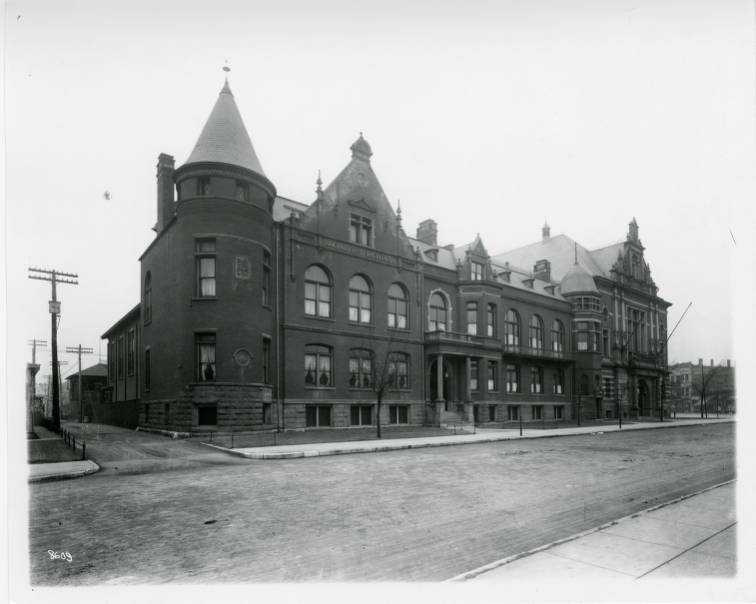
The Turnverein movement was born during the Napoleonic occupation of Prussia in the first decade of the 19th century. Friedrich Ludwig Jahn (1778-1852), a gymnastic educator, was central to starting the movement. He developed equipment, exercises, and a philosophy that tied physical fitness to the national German identity.
After Napoleon’s defeat, the youthful idealists were frustrated by the outcome of the Congress of Vienna with no civil rights and the lack of a unified nation. German gymnastics were first introduced in America in the 1820s by three German political exiles, followers of Jahn, who migrated to New England and established an outdoor Turnplatz in Boston and Harvard University.
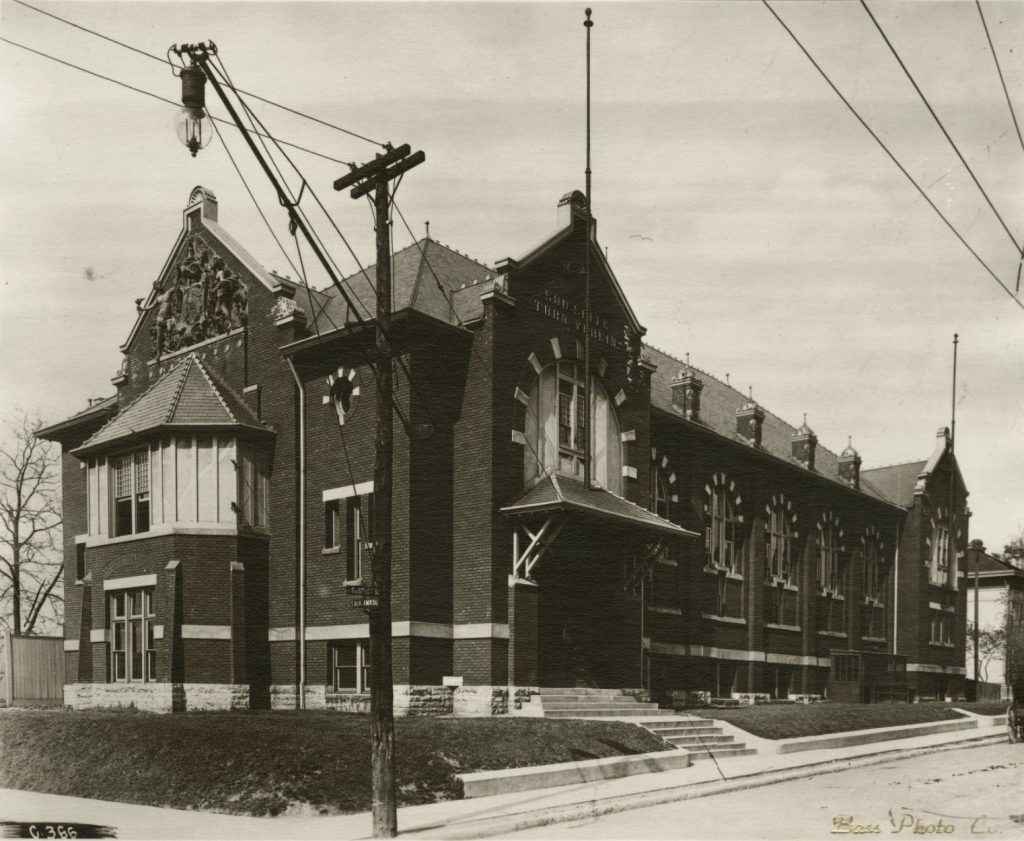
The Turners were outlawed in German states, but they sprang back to life during the German Revolution of 1848-1849. The German Revolution was part of the Spring of Revolution that started in Paris in February 1848 and swept through Western and Central Europe.
The failure of the German revolt resulted in the transplanting of Jahn’s ideas in the United States and other places as the revolutionaries fled their homeland. The movement was planted in the fertile soil of America. Turnvater Jahn, the hero of the Turners, is remembered in Turner iconography. His name is inscribed on the façade of the Athenaeum and in the sculpture of the . Jahn is the father of modern gymnastics.
But it was not until after the failed German Revolution of 1848-1849, which sent thousands of new refugees, known as Forty-Eighters, to American shores, that revolutionary exiles began to organize Turner societies.
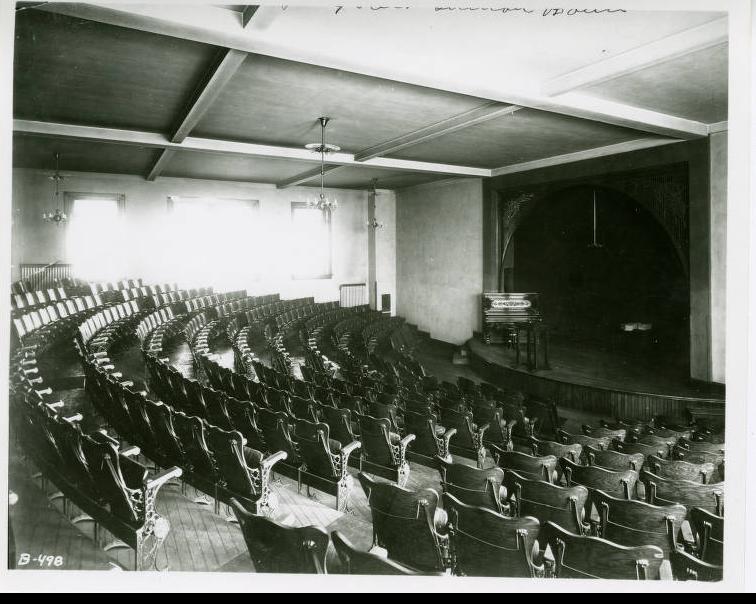
The first American Turner societies were established in Cincinnati and Louisville in 1848. There, leaders sought to combine physical and intellectual training into a rational whole for the Turner members and to campaign for universal physical education in their local communities.
Not all Forty-Eighters were Turners and not all Turners were Forty-Eighters, but in America these were merged identities. The revolutionary zeal was channeled into and through the Turnvereins. They were hotbeds of political discussions as well as physical fitness centers. In the 1850s, the Turners battled attacks from the Know Nothings and founded the Turner city of New Ulm, Minnesota, in 1854.
The Civil War emptied many Turnvereins, including in Indianapolis, whose members were quick to answer Lincoln’s call for volunteers in April 1861. The Turners saw the war as a refighting of the Revolution of 1848-49 with the same issues of fighting for a unified nation, justice, and liberty.
Turner companies and whole regiments were formed in New York, Ohio, and Missouri. The Thirty-second Regiment Indiana Volunteer Infantry, also known as the First German, was organized on August 12, 1861. Governor commissioned August Willich as regimental colonel. He had previously served as a major in the First German Regiment of Ohio.
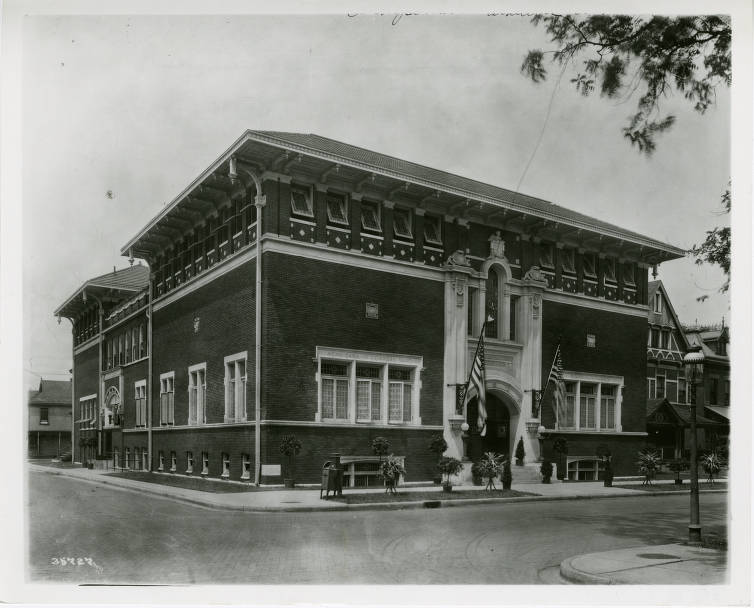
Turners from Indianapolis, New Albany, Madison, Evansville, Fort Wayne, Louisville, and Cincinnati flocked to the regiment to form all Turner companies. Willich was a celebrated Forty-Eighter, as he was a professional Prussian army officer who switched sides and commanded revolutionary forces in 1848-49. Non-Turner Germans also served in the regiment, but the spirit of Forty-Eight permeated.
The Turner movement began in Indianapolis in the summer of 1851. Five recent German immigrants founded the Indianapolis Turngemeinde in the front yard Turnplatz of a member’s furniture factory on West Washington Street, opposite the state capitol.
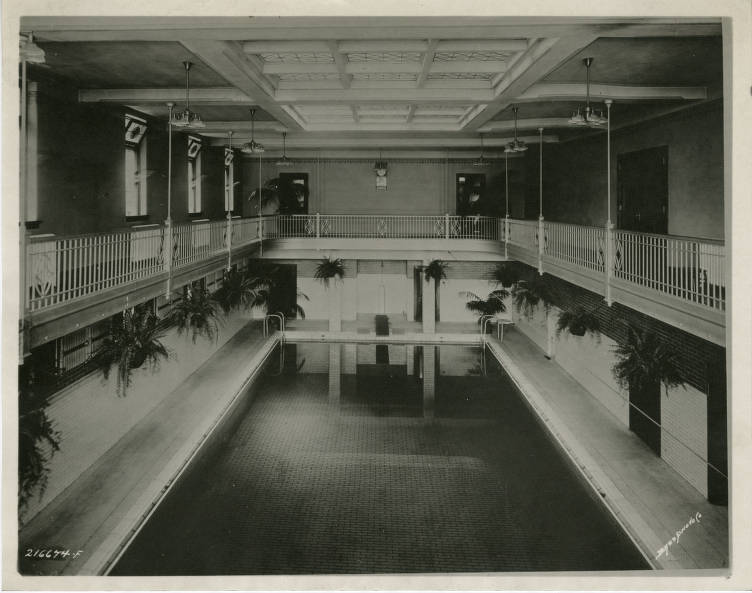
Soon after, Dr. August Homburg organized the rival Socialistische Turnverein. The two infant societies merged in 1852 forming Socialistische Turngemeinde. The city’s first Turnhalle (gymnasium) was dedicated in January 1853 at 117 North Noble Street (College Avenue) in the growing Germantown neighborhood. This began the evolution of Turnhalle architecture which culminated in the building of Das Deutsche Haus 40 years later. Turners were rarely hesitant to express their opinions, however, and this pattern of split and merger would continue until the end of the century.
By 1900, Indianapolis had three thriving Turnvereins: Socialer Turnverein, Unabhängiger/Independent Turnverein, and Südseite/South Side Turnverein, each with its own distinctive Turner hall. Turnverein membership was economically diverse and the Turner halls reflected that.
Modest halls were built in lower-middle-class and workers’ neighborhoods. As in Indianapolis, Cincinnati, New York, Chicago, and other large cities, the downtown Turner halls of the original clubs tended to be populated by professional and successful entrepreneur merchants. An excellent example is found in the rolls of the Athenaeum with the names of Vonnegut, Lieber, Schnull, Haueisen, and Kipp, successful business families who financed the extraordinary Das Deutsche Haus ().
Turnvereins built Turnhalles (Turner halls) that served as complete social centers for the group. In the case of Das Deutsche Haus, it was designed and built for numerous cultural activities of the body and mind. It provided a gymnasium, locker/shower rooms, library, billiard room, bowling alleys, bar and restaurant, banquet room, women’s club rooms, auditorium, ball and concert hall, a beer garden, and a variety of meeting rooms. It is an example of a monumental urban Turnhalle, found in large cities with memberships to sustain them.
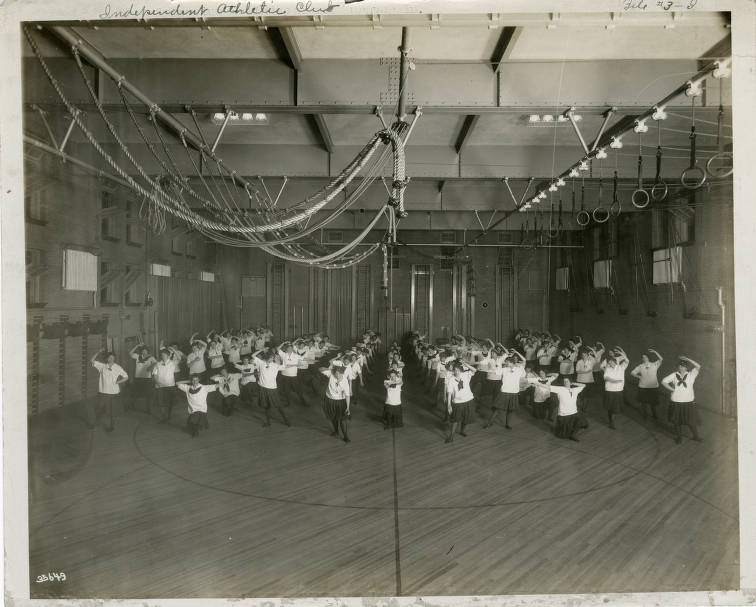
The Independent Turner hall had a swimming pool. Many small halls in other cities and towns would have at a minimum a gymnasium and some meeting rooms and income-producing commercial space on the first floor. Das Deutsche Haus, at New Jersey and Michigan streets near the heart of downtown Indianapolis, was built between 1893 and 1898 to accommodate other like-minded German-American cultural organizations, such as the Musikverein, German Club, Turner Building & Savings Union, women’s clubs, and the German-American Veterans (Civil War) Society. It is an example of the grandeur and extent to which the Turners went to ensure that their facilities would indeed provide an environment where members could work to remain true to their motto: “Mens sana in corpore sano” (“A Sound Mind in a Sound Body”). The building also expressed the German character of its occupants through the German Renaissance style.
Generally, Turnvereins after the Civil War were less radical politically, except for their advocacy for the inclusion of physical education into the American public school system. The Nord-Amerikanischer Turnerbund, the turners’ national governing body, helped this process by establishing in 1866 the first professional training program for physical educators. It also established an annual national Turnfest in 1851, which brought together hundreds of men, women, and children for a celebration of German gymnastics, language, and culture.
After the Civil War, this Turnfest occurred every four years and has continued with few interruptions ever since. One such event occurred in June 1905, when Indianapolis hosted thousands of Turners from throughout the country and a team from Germany. This Turnfest included a massive parade on Washington Street and Monument Circle, and mass drills and activities in the Turner halls, and the State Fairgrounds. This was the city’s first international athletic event. In June 1991, the Athenaeum Turners hosted several hundred American and German turners in a week of athletic and cultural competitions for men, women, and children of all ages.
Turnvereins reached their zenith of popularity in America immediately before World War I, by which time the German-American urban community enjoyed general economic prosperity and expressed publicly their pride in their German-American culture of language, clubs, schools, and churches. From 1914 until 1975, American turnvereins dwindled in popularity due to the culture war against German Americans unleashed by World War I and the assimilation of German immigrants and their descendants.

As the Turners were successful in introducing physical fitness and physical education in the mainstream of American life, the Turnvereins lost their exclusivity and were victims of their own success. Two wars against Germany, assimilation, and urban decline also contributed to the decline of the Turnvereins. The YMCA/YWCA offered a non-ethnic version of the Turnverein.
The , founded in 1866, merged with Indiana University in 1941 and eventually left the Das Deutsche Haus-Athenaeum where it had been for 63 years. Since the early 1980s, the IU School of Physical Education has been on the (IUPUI) campus. The school noted its sesquicentenary in 2016. Thanks to the Turnverein movement the IUPUI School is the nation’s oldest school of physical education.
In the 21st century, most of the fewer than 50 remaining Turnvereins focus on the social and historical aspects of their German heritage. Most turner societies nationwide are comprised of enthusiastic but small numbers of individuals who tend to focus on the social and historic aspects of turner life. Some Turnvereins, such as American Turners New York, are vibrant focusing on Americans’ interest in sports and physical fitness. Often, as in Indianapolis, the groups are actively involved in the restoration of German-American heritage buildings such as Das Deutsche Haus (Athenaeum). They also encourage the German cultural programs that highlight the contribution of this important ethnic group to the development of many large American cities.

Help improve this entry
Contribute information, offer corrections, suggest images.
You can also recommend new entries related to this topic.